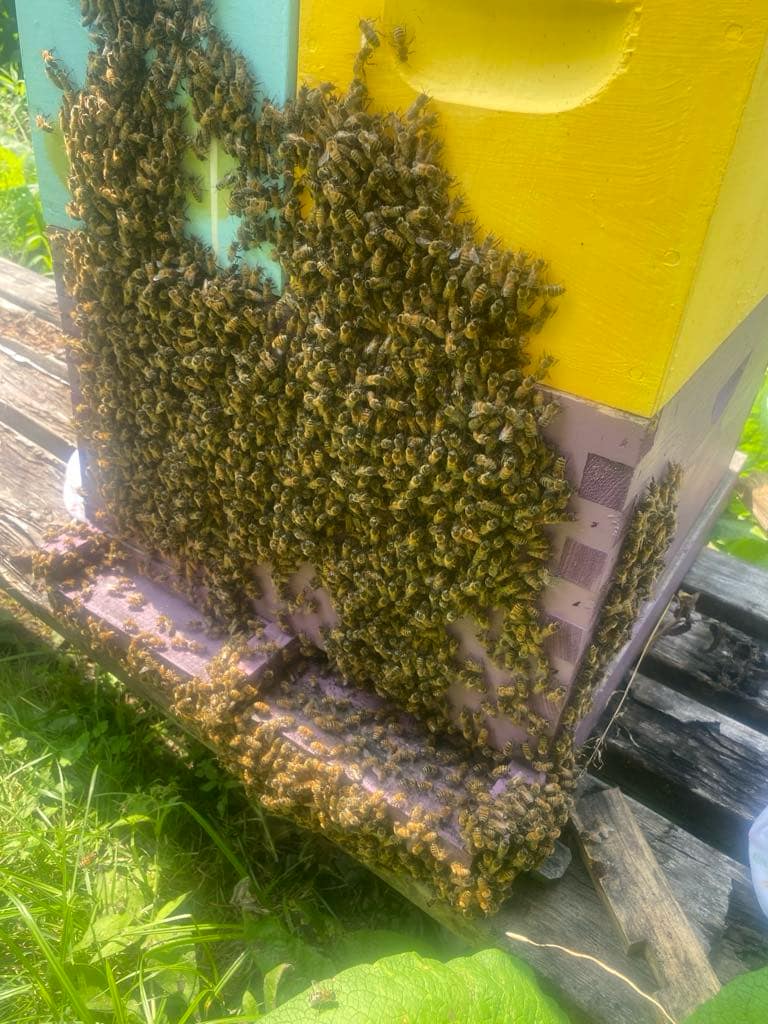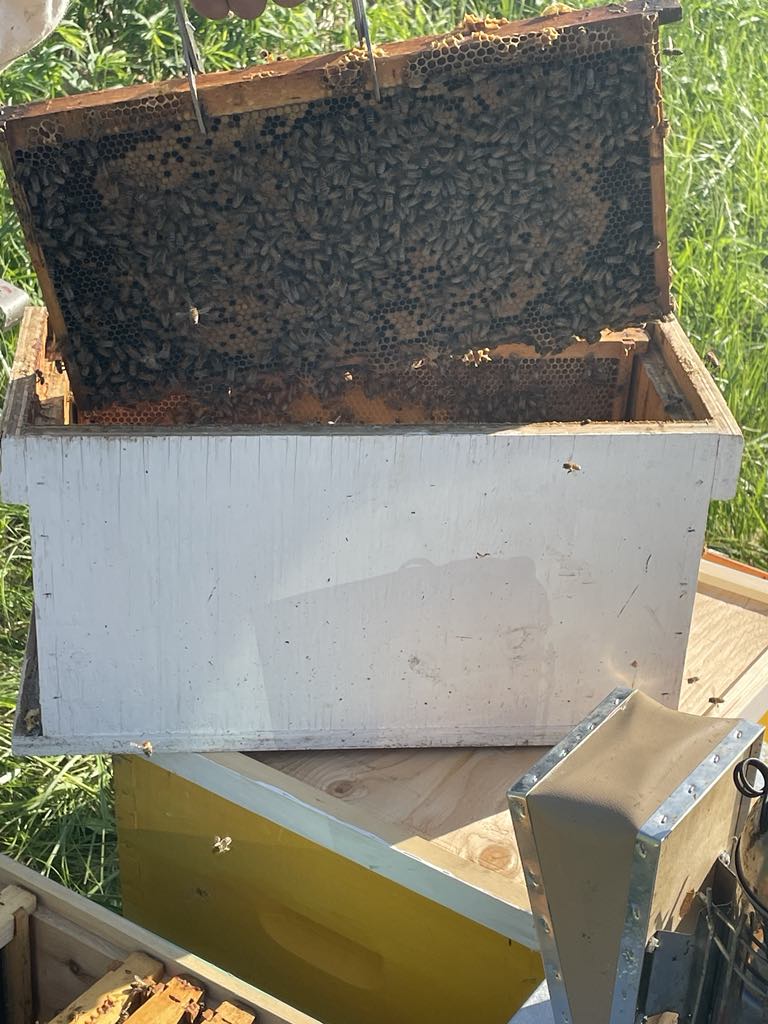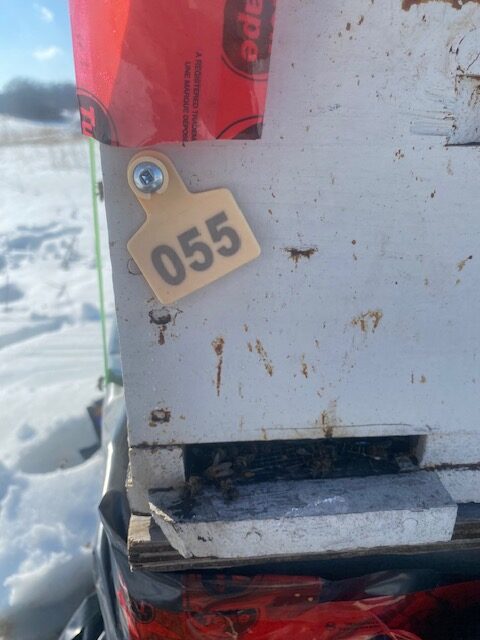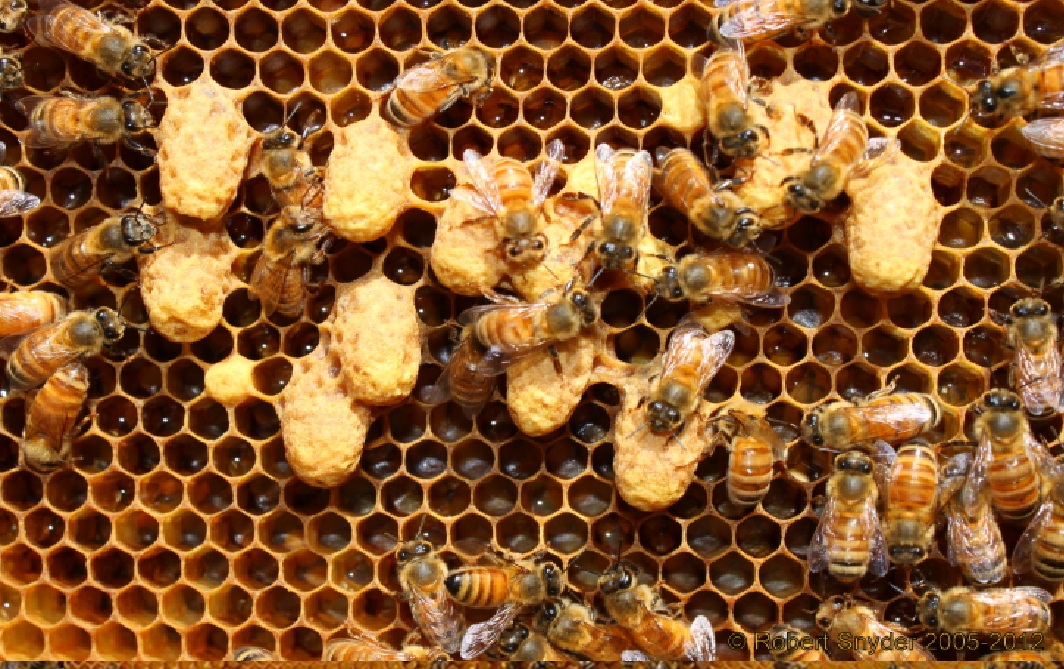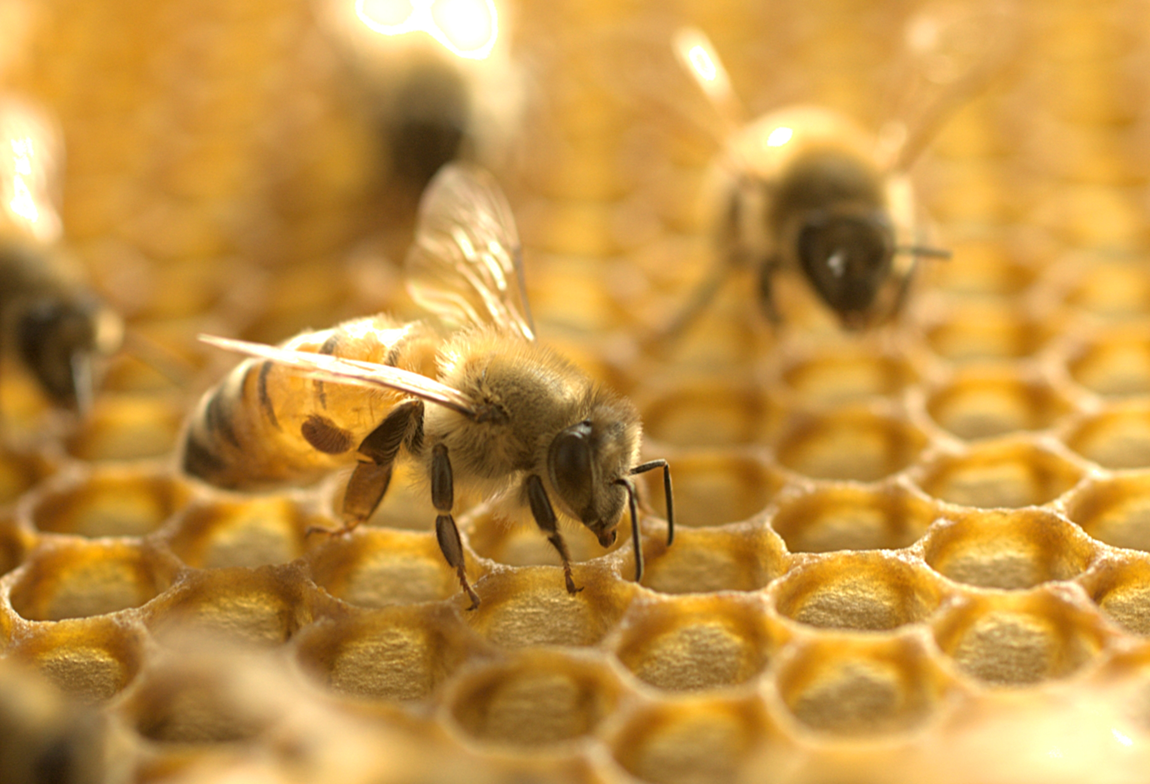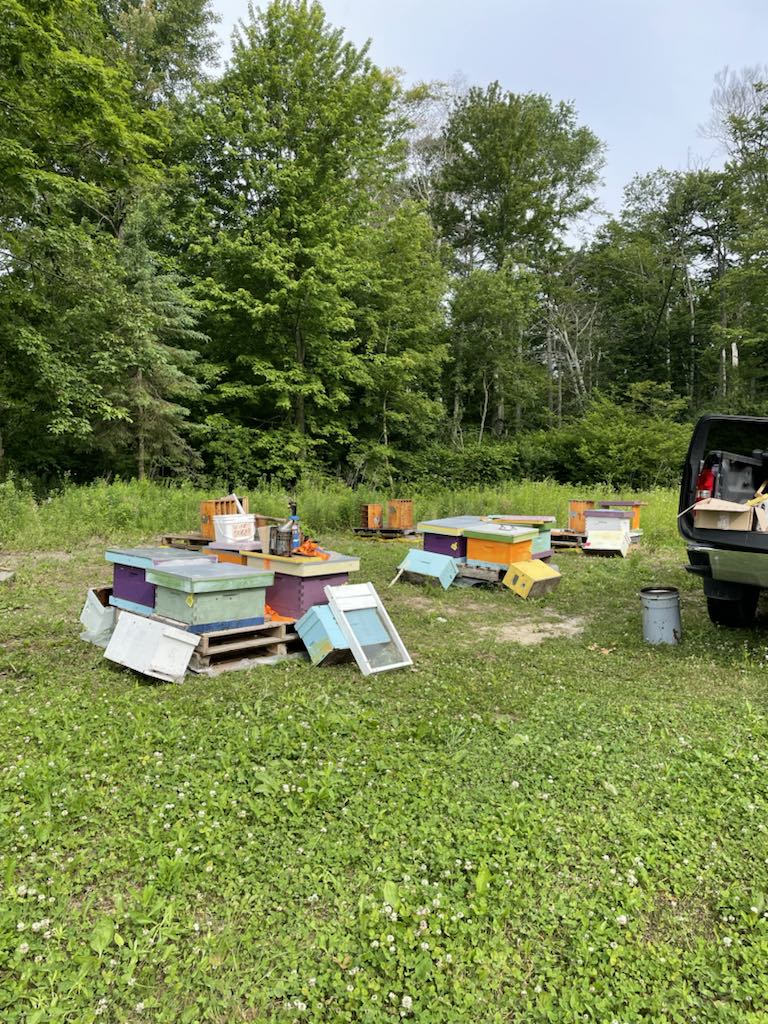
Beekeeping is a Knowledge Driven Art – The Battle Against Varroa PT 1
We tried beekeeping for several years without following the science, and it didn’t work for us. Let me qualify that, it didn’t let our beekeeping business grow. We had some years with great success, and we had wonderful success with Russian bees. But, the work load prevented us from being able to grow our business more than about 20 hives. When we tried to grow to thirty we didn’t have the time to manage ‘naturally.’
Then, we started to learn that bees in agricultural zones are not in their natural environment. In most agricultural zones we are keeping bees in a desert. So, we started to move our bees to riverbanks and woodlands. This helped, but did not solve the problem because of Varroa Destructor.
At least, we thought we were doing great. What we really were doing was out splitting to stay ahead of varroa mite, then combining in the fall. This worked, but was it really natural beekeeping or was it just using breeding to keep our hive numbers at a constant.
What we understand was the importance of health. The bees need to be healthy to be kept naturally. They should be given probiotics, prebiotics, and kept away from pesticides.
The bee fat is vital to their immune system. This is what the varroa destructor mite attacks – the fat.
Will detox pesticides and toxins and eliminate from the body
Read More – Click Here: Varroa Mite IPM: Part 1 – Varroa Mite Biology and Life History
When the fat is attacked then the bee is compromised. One entire life cycle of the hive is interrupted. This creates a snowball effect that can turn a strong hive into a weak one in one lifecycle of the worker bees.
The second stage of mites was mis classified, and it is now called Dispersal Stage by some scientists.
Mites can produce more in drone cell, 8 – 10 % more likely to be infected.
Mite populations double every 3 weeks. If you are waiting to see mites on bees then you have waited too long. That hive will already show symptoms of viruses and bacteria infections. The population has already doubled.
Mites damage to bees goes beyond damaging a single bee.
- Reduces sperm production in drone,
- Increases drifting.
- Impairs foraging ability3increases queen supersedure3shortens lifespan
- Changes flight behavior
There are more than 20 viruses that effect bees. They transfer from varroa, horizontally from bee to bee, and during mating. The bees can handle these viruses when they are healthy.
Virus Symptoms
- Bees cannot fly, crawling on the bottom board and on the grass infront of the hive.
- Small discolored abdomens.
- Trembling or shaking
- Paralysis or moving in a jerky method
- Black bees or very dark bees
- Hairless bees
- Small size bees
- Black Queen Cell Virus
Hypopharyngeal gland
The bees share the viruses when feeding, this goes to the hypopharyngeal gland, and then goes into bee bread. This transfers viruses to larva.
Drones are in capped cells longer making it easier for the varroa to reproduce.
How long can varroa live without a host. I heard one beekeeper say that he kept a bunch of varroa mites in a jar without food, without air, for three weeks.
Multiple foundation (female) varroa mites can be in one cell.
Did Varroa Kill My Hive?
Here are some typical questions. They are not conclusive. The only purpose is to give you a place to start.
- Was their honey? Yes…
- Was there a queen issues – no eggs or brood, lots of drones, cups and queen cells. No…
- When was the last time you saw bees flying?
- Fall, the bees feel sick so they leave the hives so a strong hive suddenly looks small.
- Can look like absconding but bees are actually going to other hives, and taking the viruses or mites with them.
- Small dead cluster on the face of the frame, lots of dead bees on the bottom board
- Are there varroa mites on the bees in the cluster?
- The dead bees have deformities, are black, and show other signs of virus infection.
Absconding and Deadouts
Not all empty hives have absconded. If the bees are gone in the spring it is most likely a swarm.
If they are gone in the summer, the bees may have left one at a time as they got sick, to try and save their sisters. The loss of nurse bees, means no new bees, and the hive dies.
If the bees disappear in the fall, it is probably absconding. That said, bees are just bugs, and are going to do what they want to do, when they want to do it.
How long do viruses live in a hive after the colony has died?
It depends on the virus. Some viruses can live for years. Some viruses, like American Foul Brood will live so long that the only way to destroy it is to burn the hive.
How To Clean an Infected Hive.
If we have a hive has died then we do the following.
- Remove the frames and scrape all the honey and comb off. We remove the plastic foundation (inserts), and then put the wood frame (wooden part) in the freezer for 1 week. Then, for good measure, we scorch the frame. If it is summer, we leave the frame in the sun for 2 weeks.
- We scorch the inside of the boxes, and all woodenwares. We use a handheld propane torch (you can buy at any hardware store) and lightly scorch all the wood. We have hundreds of boxes, so we just put the “possibly contaminated” box in the back. You could freeze the box it you want.
There is no right or wrong answer. Everyone has their own method. Once, John had a problem his hives. It moved from hive to hive, and he couldn’t get ahead of it, so he burned the all the woodenware and frames, to save the rest of the bee yard.
What you need to realize is that bees can react in unpredictable ways to things we cannot even be aware of. Don’t stress over the ‘why’, just work to find the solutions.

